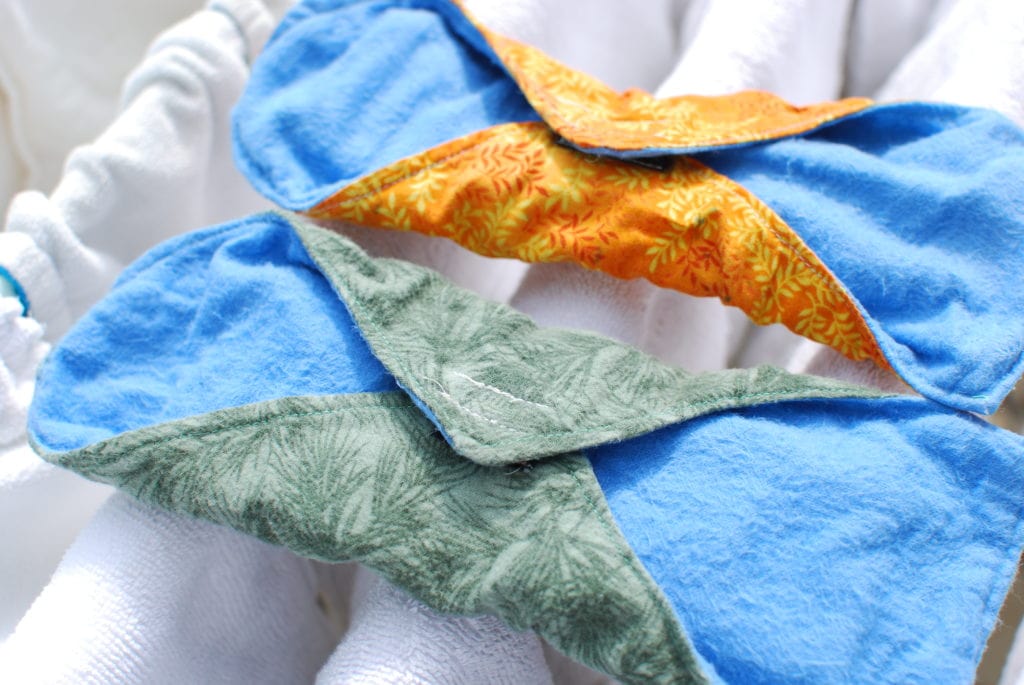
We’ve talked nutrition and health. We’ve chatted up pregnancy and birth, and the various intimate details therein. I’ve shared about breastfeeding my toddler. We’ve even ventured into the subject of placentophagy (the act of consuming one’s placenta after birth – and yup, I did it).
Today I want to talk about another subject that has become near and dear to my (crunchy-mama) heart: cloth pads and alternative solutions for your menstrual cycle.
(Side note: I couldn’t decide what to title this post. Eco-friendly? Frugal? Healthier? Yes, yes, and yes. The great thing about this whole natural living journey is that those things often go hand-in-hand, which I love).
All of my life I’ve used the typical necessities for “that time of the month”: disposable pads and tampons. Then I started my natural living journey a few years ago, and began hearing bits and pieces about women using cloth pads. Being the crazy and natural crunchy mama that I am, my interest was immediately piqued.
Shortly after our first child was born in 2008, before my monthly cycle returned, I bought a diva cup on a bit of a whim. I used it and liked it, but was still using a fair amount of disposable pads for extra protection in case of leaks, for over nights, and for when I was out of the house for extended periods of time.
I looked into cloth pads a bit more and decided I’d really like to try them. However, the budget was too tight at the time, and I’ve only had a handful of cycles in the last 5 years due to breastfeeding and pregnancy, so it was never a financial priority. Then at my blessing way a couple months ago I was gifted with 6 homemade cloth pads from a very dear friend.
When our third child was born nearly 6 weeks ago, I got to try them out for the first time. In the earlier weeks when my flow was heavier, I would soak them within a few hours. These particular pads don’t have a waterproof layer, so I didn’t wear them out of the house in those weeks, just in case. Then as my flow lightened considerably, I was eventually able to wear one all day and not have any issues.
Oh. My. Goodness. I just have to say: comfort and period are no longer banned from the same sentence (I know, the post-partum bleeding is not a period, exactly, but you know what I mean). Rather than having plastic and petroleum-based materials filled with all kinds of toxic chemicals in *that* area, I can have soft flannel and cotton.
I have heard many women say that not using disposable pads and tampons actually makes a significant difference in cramping, as well as how long and heavy the period is. The claim is that the nasty chemicals and synthetic materials actually cause significant increases in those things, which I find quite plausible, given the harsh ingredients. There is loads of anecdotal evidence for cramps that were debilitatingly severe and then all but disappeared after switching to cloth.
Things like disposable pads and tampons (and disposable diapers, too!) contain dioxins, which are chemicals that “are toxic and are usually a by-product of plastics and chlorinated products. Dioxin is the most deadly man made chemical, second in line to radioactive waste“. Tampons have also been linked to increased rates of endometriosis and other fertility problems (source).
Washing is simple – I drop it into the diaper pail and it washes with the cloth diapers. Done. If I were to use them while out of the house I’d just take a little wet bag along. Once I no longer have kids in diapers, I’m not sure how I’ll handle it. I’ll probably have to have a much larger stash so that I can go longer between washing, and just do a little mini-load. It seems pretty easy to me.
Cloth pads are available in so many places now – there are entire companies devoted to making them, and there are scores of like-minded mamas making and selling them on places like etsy. Check out this excellent article from Keeper of the Home where one of the contributors reviews 4 different brands to see which one she likes best.
Some women also use a natural sea sponge intended for menstrual care. Between that, the Diva Cup (plus other brands of the same idea), and all kinds of cloth pads, there are more than enough options that are healthier, more frugal, and more environmentally friendly.
Have you ever tried a healthier option for menstrual care? Would you ever consider it?
{Linked up this week with Your Green Resource}

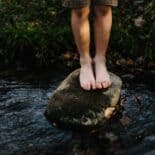
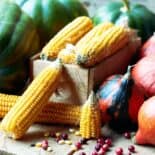

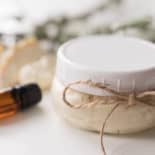


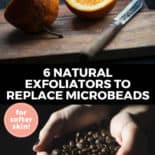


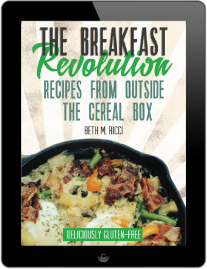
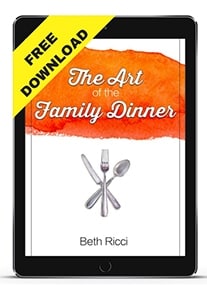
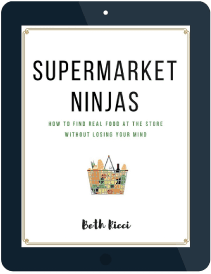
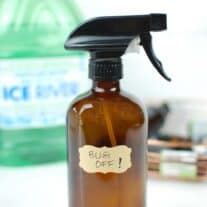
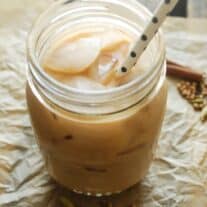
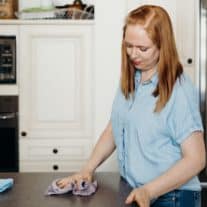

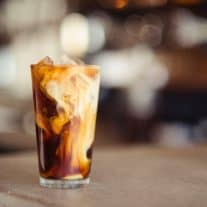


Amparo
Hello there,
I just wanted to share a new product we have developed. It is the first of its kind: a true, reusable, period panty. An eco-friendly alternative to pads, these period panties are completely lined with leak free material and have a built in “pad” made of super absorbent bamboo
http://kck.st/1ErXYga
Maggie
I ordered my first cloth pads May of 11 and then quickly got pregnant…so wasn’t able to use them until like you, after I had the baby…I have used a few brans and my favorite is Tallulah Bean, she uses minky, and her’s are the softest, and for some reason they don’t stain and look grungy like the other brands I have…my others are for when I run out of good ones for that heaviness…I also just wash them with reg clothes and honestly half the time I don’t even rinse them and the clothes and pads are fine…
Melinda
Hi Beth! Just stumbled upon your site and so far am really liking it! I am also from Southern Ontario, (small town outside London), and am wondering if you know where to buy some good quality mama cloths? I am a mom to a 2 year old and have also started a more natural way of living the last few years. It’s hard to find local shops for certain items and ingredients. Any suggestions would be great!
🙂
Beth
Hmmm… are you familiar with bynature.ca? They’re in Orillia. I haven’t bought cloth pads from them, but I bought all of my cloth diapers from there when I started out 5+ years ago, and a few others things since then. Great customer service! 🙂
Carole
check out yurtcraft.com my friend makes incredible pads in fun patterns, she has fb
'Becca
There’s no need to wash pads in a separate load if you’re not washing diapers! Just rinse them and then wash with your clothes. I spelled out my washing method in my article on reusable cups and cloth pads.
Beth Ricci
good to know, thanks becca!! 🙂
kate
I did this (rinsed real well and washed with normal clothes cycles) and it works just fine.
They ARE much more comfortable than plastic disposables. for the same reason I’d want my future baby’s bum on some material instead of plastic is the reason I switched to cloth pads. I wish I knew of these (and the Diva cup) 15 yrs ago.
Joanna
I have to say, my period pain is TERRIBLE. It’s gotten better over the years (I’m 23, and last year made it 10 years since it started 🙂 ) but the idea that I could buy cloth pads and potentially lessen the pain? I’m definitely going to give these a try! Also, I’ve had disposable pads go through the wash with my clothes (not so good at checking pockets and things when I’m half awake), and they came out clean, so I fail to see why I couldn’t stick these in – they’d need their own space until it was time to wash to avoid stains on other clothes, though!
Merilee
Just saw your post recently…..read that article from keeper of the home and loved her reviews. Tried and tested is what i like to see…..i have been thinking about cloth pads for a while now but hadn’t committed to anything as i was wondering what kind to get, what brand etc…….and today, i made the leap into the world of cloth pads!!! I ordered 6 pads (3 light, 3 heavy) just to try it out and see if those sizes work for me. I am so excited (weird to be excited about pads….but i am!!) and it will compliment my Diva Cup usage nicely. I’ve been using a Diva Cup for a year now and I love it….no more leaks at night (before i would wear an overnight pad and a super tampon and stil leak sometimes!)….this is great timing as we are preparing for Chad…..the less I need to rely on ‘western products’ the better…..oh and the Red Tent….AMAZING book! Hope you enjoyed it.
Beth Ricci
Hey, so exciting!! I’m sure you’re going to love it, especially with living in Africa… I experienced needing to use disposable stuff there (in a fairly rural setting) and we had to bury the “garbage” every single time… no curbside pick-up, hard-sided garbage cans, etc. etc. It was a hassle.